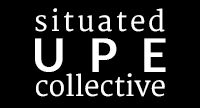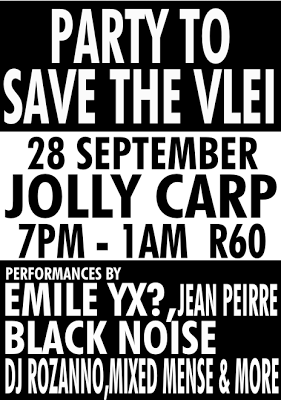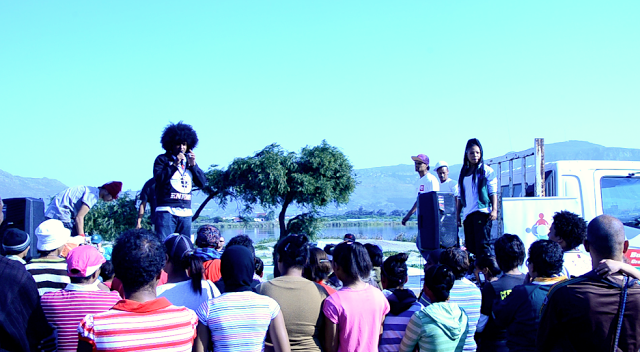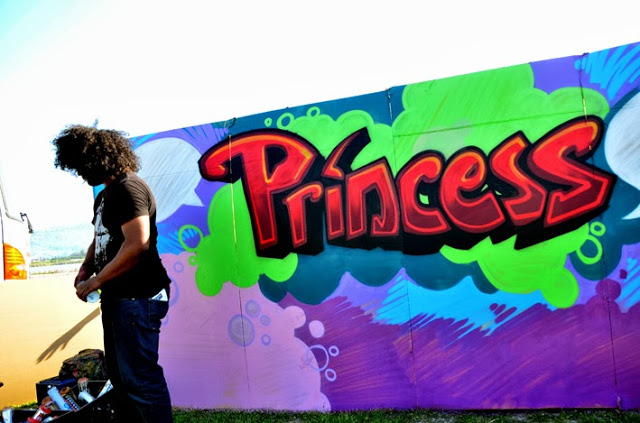“They again attend to mall and rape us. From our legacy and common ancestry. Here they plan to concrete away our memory. The enemy, a dictatorship disguised as a democracy, a corporate mockery stealing people’s property. […] Stolen land is what their wealth is built on. That Africa owes them is so damn wrong. […] You can bet they struck a deal at the vlei.”
Loading Capetonian nature with political content
”Don’t come tell me there’s Kirstenbosch. We need to bring the [nature] reserves closer to the people. Let them interact and let them find that peace and tranquillity. You know, that has been my fight. Has been from the day we started at. Bottom Road, like I’ve always said to you, it’s only the alpha; it’s not the omega of things.”
Reformatting the grammar by which to understand the city
“The political arises when the given order of things is questioned; when those whose voice is only recognized as noise by the police order claim the right to speak, acquire speech. As such, it disrupts the order of being, exposes the constituent antagonisms and voids that constitute the police order and tests the principle of equality.”
Acquire speech
“Her tears flow down from Elephant Eye. Heartbroken our Princess continues to cry. Lies of peace are once again being broken. Undressed and raped, her wounds are re-opened.”
“Awoken is the common ancestry in us all. That primal call that makes humanity stand-tall. For all to see the oneness of our legacy. Before the division of the Apartheid mentality.”
Endnote:[1] A very interesting process is ongoing through the Princess Vlei Forum (PVF), the campaign organization set up in 2012, and their ‘design bid’ to develop a public participation process in relation to the World Design Capital 2014 for Cape Town. While I played a part in writing a preliminary outline, journalist and writer Bridgett Pitt, with a past in the 1980s the anti-apartheid Grassroots Community Newspaper, has played a major role. It was ‘selected’ by the World Design Capital committee and has attracted professional designers and artists, including colleagues at the African Centre for Cities. However, since the whole framework of the World Design Capital is to ‘bridge the divides’ of the city, which obviously Princess Vlei could play into since it has gathered people with different languages, racial/ethnic groups, and works across the culture/nature divisions, this framing could also force the deep differences that I am writing about here off the chart of what is possible to do with such a ‘design bid’. In negotiating the wishes of the World Design Capital, deep differences needs to be negotiated and refigured into something less disruptive, something more ‘constructive’. But I might be wrong. Can we ask for subversive urban design? An urban design that aims to place among us the differences that proper political procedure needs to work with and through? That can participate in the staging of difference? If possible, it would be something akin to radical democratic design—or why not, “urban design from Cape Flats”, capeflattian design. Maybe, Princess Vlei can serve as a serious experimental ground for this—together with other spaces of Cape Flats, and similarly marginalized spaces of Cape Town. More on this in my next part of this sequel of essays.



